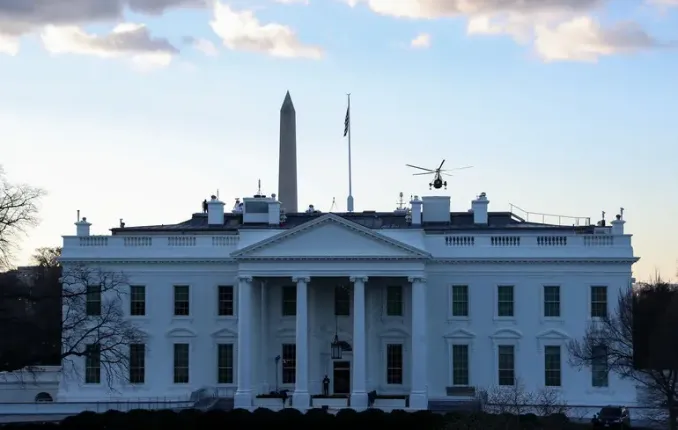Trump Administration Reinstates Fired Civil Servants: Consequences of Chaotic Reforms

After a large-scale personnel purge initiated with the support of former President Donald Trump, US federal agencies are gradually starting to reinstate employees who were previously fired or forcibly removed from their posts. This unforeseen trend is causing concern due to a number of critical failures in the work of state structures that have already affected the safety and stability of social services. The desperate fight against bureaucracy and budget waste, launched immediately after Trump came to the White House, seemed to be an idea to save money and increase the efficiency of the state machine. As part of the program to optimize the state apparatus, the leadership planned to cut hundreds of thousands of positions, which were assigned to special committees to record. However, this radical course with rapid reductions and mass layoffs eventually encountered unexpected consequences - a shortage of qualified personnel and failures in important areas of state activity. One of the most striking examples was the disappearance of more than 560 employees of the National Weather Service, which is about 15% of the entire staff, and accordingly seriously jeopardized the forecasting of weather disasters on the eve of the hurricane season. But now they are trying to fix the situation - the federal authorities are starting to massively return to work previously dismissed employees, for which even the bans on new appointments are being lifted. In particular, the Department of Health and Human Services has already reinstated hundreds of employees of the Centers for Disease Control and Prevention (CDC). Among the returned specialists are experts in HIV infections, pollution control in the food industry and the protection of workers in mines. This decision surprised even some senior administration officials, because previously only cuts were known, which seemed to be deep and irreversible. Even more sensational was the return of employees to the National Nuclear Security Administration. In February, more than 300 employees of this department were fired, but almost immediately returned, because it was discovered that they were responsible for nuclear weapons and the security of the US strategic arsenal. The story was repeated in other structures - for example, in the Department of Children's Health, where programs to prevent childhood lead poisoning were dismantled. Another example: The Food and Drug Administration (FDA) has re-instated expert scientists, and the Department of Agriculture, due to doubts about the long-term sustainability, has canceled plans to reduce staff at the facilities responsible for responding to bird flu. Even more surprising is that the initial reforms have left ruins - gaps have appeared in critical services that monitor and control the safety of the population. Experts warn that the “mosaic of incompetence” caused by mass layoffs and poor staffing decisions could undermine trust in government institutions and reduce their resilience in critical situations. Max Steyer, head of the Partnership for Public Service, emphasizes: “This demonstrates a misunderstanding of the critical importance of qualified public expert potential. Hasty actions can ruin years of efforts to reform and improve the efficiency of the system.” At the same time, agencies are forced to quickly patch up holes in their structures. Restoring staff means additional costs and logistical difficulties for a government that has already suffered from chaotic reforms. As a result of these processes, experts estimate that public services will have to deal with the consequences for a long time - inefficiency, disruptions in crisis services and a decline in public trust. Recall that former Deputy Chief Musk headed the Department of Government Efficiency (DOGE), created during the Trump administration to optimize the work of government structures. This initiative has led to a major spending audit of several key agencies, including the State Department, the Department of Health and Human Services, and the Department of the Treasury. Thousands of civil servants have been laid off or suspended, and many government contracts and grants have been cancelled. However, this policy has now undergone a major overhaul, forcing the government to reassess its approach to personnel policy and public administration. Overall, the return of laid-off workers is once again calling into question the goals and consequences of previous reforms, and raises questions about their feasibility and the future security of the public system. As politically motivated mega-reforms continue to cause a systemic crisis in the public sector, the United States is struggling to find a balance between saving and maintaining essential services.

